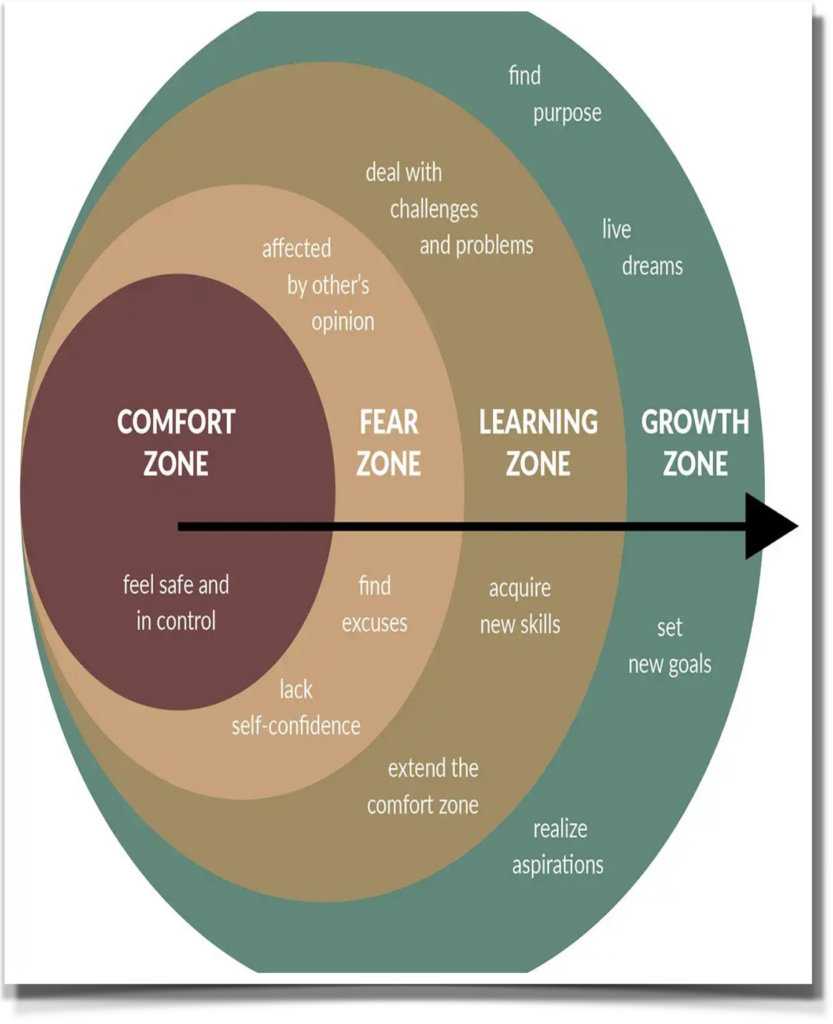¿What are our goals to learn of building peace in a practical and friendly way?
- to increase the digital literacy of the organisation
- to create effective and friendly work teams
- to enjoy peace we have to build it first
aim of this meeting: building PEACE
- by BRINGING TOGETHER people from different countries and cultures …
- … to share with them some PRACTICAL listening and team work TOOLS …
- … so they can IMPLEMENT them in their countries and work groups …
- … or at least they LEARN how they work…
we have already been communicating in a «different way»
- in www.intelligentteams.org (not running now). Its information in this current web.
- online forms sent by e-mail
- important information in the site: axioms
Introduce myself in front of a big group of people (more than six persons)? Nooooo!! Why not?
- I’m shy (or I speak too much :-D)
- I don’t speak English so well
- I will not remember all of you
- we are 54 people and it will take one hour or more!!!
- No lo hacemos 1 a grupo grande porque …
- … esa forma le da mucha importancia al ego y a la dialéctica, herramientas que nosotros tratamos de gestionar de otra forma.
- … supone de 2 a 5 minutos por persona. Si multiplicas, sale demasiado tiempo, un recurso escaso, porque va unido a la atención, algo también escaso. Sólo admisible para grupos de hasta 6 personas, máximo 10-12 (que luego se dividirá en dos grupos de seis personas).
- … la atención mental se agota rápido y nos aburrimos.
- … al cabo de poco tiempo no nos acordamos de nada de lo que han dicho.
- … hay personas que somos tímidas y no nos gusta esa forma de presentación.
- … hay mejores herramientas para conseguir: pasarlo bien, romper el hielo entre nosotros, conseguir puntos de contacto, hacerlo incluso en menos tiempo.
any of the tools we will be practicing here …
- should be easy, pleasant and practical for the user
- should be hands-on and experiential (emotional), not just theoretical
- should give us the result it was created for (or at least 60 to 80%); not just for fun or to add variety…
- Si digo que soy tímido en la relación personal (parte visible) es que me da terror otras cosas (parte NO visible).
- Vamos a intentar evitar lo que no nos gusta y concentrarnos en lo que queremos.
- La práctica y la vivencia personal enseña más que cualquier teoría. “No me expliques más que ya lo he comprendido”.
- Objetivo de toda dinámica. Salir de ella …
- … con la sensación de haber conseguido el objetivo en su mayoría (de un 60-70% para arriba). La dinámica es un medio, no un fin. No nos reunimos para reunirnos. Nos reunimos para algo.
- … las personas participantes deben terminar pensando “así si que vengo a trabajar: me lo paso bien y consigo lo que quiero”.

when we move into smaller groups …
- we move around to join our groups, which has a relaxing effect
- we listen more effectively and the discussion is more friendly
- we increase participation and creativity
- discussion will take 20-30-60 minutes, instead of 2 or 3 hours




